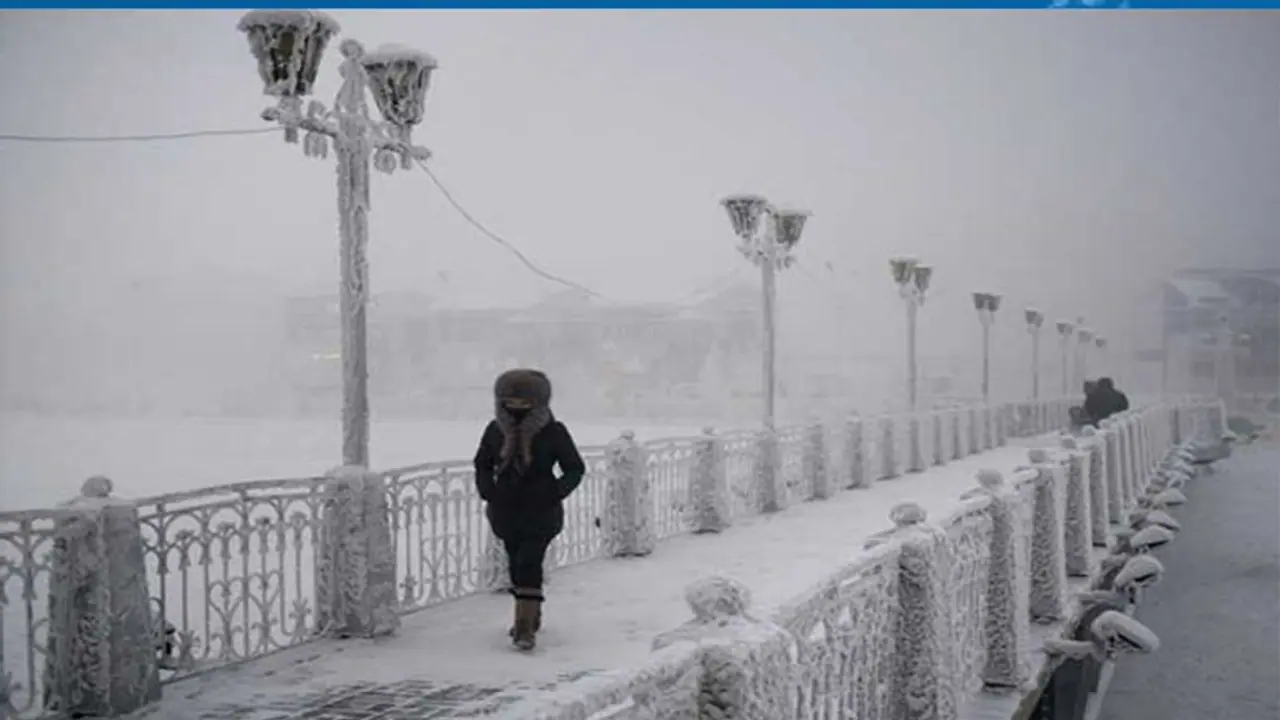The La Nina, which is connected with the cooling of the Pacific seas and generally results in good rainfall activity and some traces of cyclonic circulation from the Pacific Ocean, is linked to both heavy rainfall and delayed monsoon withdrawal.
Even as unstable weather conditions hound portions of India as a delayed monsoon withdrawal approaches, reports of a frigid winter in North India owing to the Pacific Ocean's La Nina has emerged. The La Nina weather trend, which generates cold winters in the northern hemisphere, has caused weather forecasters to issue low-temperature warnings throughout the world. According to Bloomberg, January and February will be exceptionally frigid in certain north Indian states, with temperatures dropping as low as 3 degrees Celsius before rising.

According to the paper, a colder winter will lead to energy crises in numerous Asian countries, notably China, the world's largest energy consumer. India, like other Asian countries, is dealing with rising gasoline prices. However, unlike other nations, India's energy consumption is decreasing as demand for air conditioning falls. The La Nina influence has already been noticed in extreme weather occurrences in India in recent weeks. The La Nina, which is connected with the cooling of the Pacific seas and generally results in good rainfall activity and some traces of cyclonic circulation from the Pacific Ocean, is linked to both heavy rainfall and delayed monsoon withdrawal.
Also Read | No respite for Kerala: IMD sounds orange alert in 8 districts as heavy rain batters state
Temperatures in several sections of Himachal Pradesh, such as Lahaul-Spiti and Kinnaur, have already plunged to sub-zero levels due to heavy snowfall on Sunday. According to statistics from the IMD office in Shimla, winter has arrived early in the northern state, with Keylong in Lahaul-Spiti hitting minus 5 degrees Celsius. In addition, the state capital saw a low temperature of 6.4 degrees Celsius in the previous 24 hours.
Several sections of India are already experiencing exceptionally high rainfall, notably in the Himalayan state of Uttarakhand in the north and coastal Kerala in the south. The India Meteorological Department (IMD) reported that the country got 41% more rainfall than average from October 1 to 21, with Uttarakhand alone receiving more than five times the normal amount.
Heavy rains were also reported in Jammu and Kashmir and snowfall in the union territory's higher elevations, resulting in landslides and substantial bottlenecks. The Met department recorded a decline in the lowest temperatures across North India on Sunday, with the national capital Delhi reaching a low of 19 degrees Celsius. Mrutunjay Mohapatra, director-general of the IMD, stated that two low-pressure zones formed in October (cyclonic circulations that bring in rainfall and strong winds). He noted that the interplay between the western disturbance and the low-pressure region caused significant rainfall in Uttarakhand this week.
Also Read | Uttarakhand rain havoc: Incessant downpour claims 24 lives; IMD issues red alert with forecast of more rain
According to the IMD, the country's monsoon season would end around October 26. Several locations in North India, including Uttar Pradesh and Punjab, experienced cold wave conditions and dense fog, with lowest temperatures falling below five degrees Celsius. Delhi, too, saw a colder-than-usual November, with the average low temperature hovering around 10 degrees Celsius. The lowest temperature was 12.9 degrees Celsius on average.
